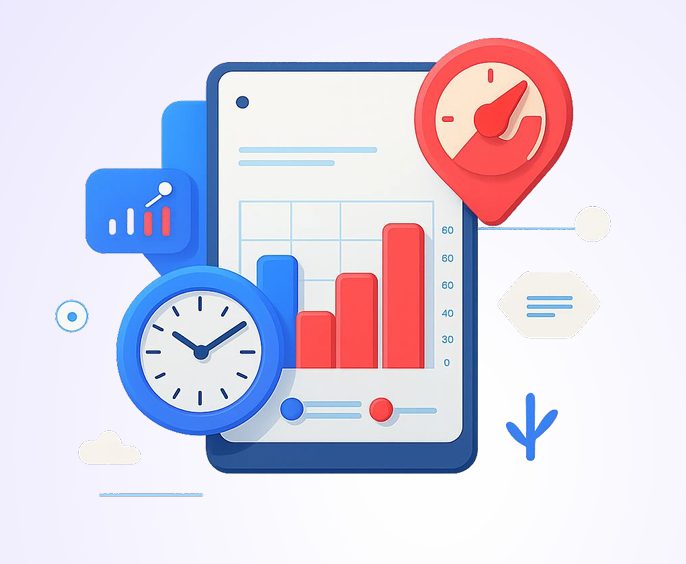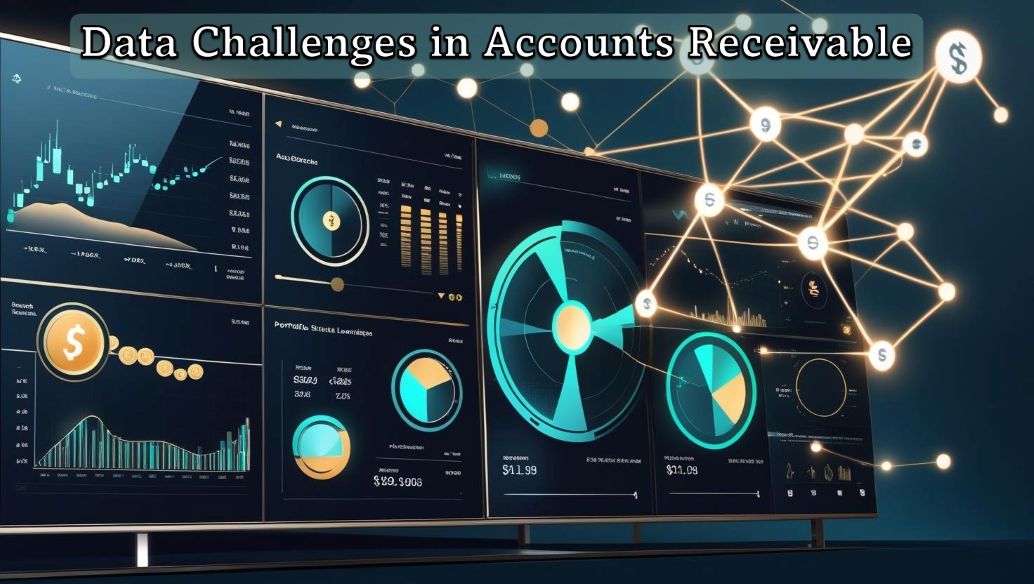Elevating Stability in Financial Success
Blog
.png)
The AI revolution in accounts receivable, a strategic opportunity for cash flow transformation
In today’s high-interest-rate environment, managing your company's money well is crucial. Artificial Intelligence (AI) has moved from being a nice extra to a key part of how companies handle their Accounts Receivable (AR). In the past, automation offered small improvements. Today, a set of AI technologies that can predict, suggest, and create content are bringing big improvements in important areas like Days Sales Outstanding (DSO), cash flow, and how strong operations are. For Chief Financial Officers (CFOs), this is not just about being efficient, it is about gaining a key advantage.
Why traditional AR methods are no longer enough
Old AR methods, which involve a lot of manual tasks, reacting to problems, and errors in applying cash, are costing companies money and tying up funds. Think about these issues.
- A lot of order-to-cash tasks are still done by hand, causing delays and mistakes
- A high DSO indicates reduced liquidity, compelling companies to obtain funds through costly borrowing
- Disputes can hold up invoices for months, often because of messy paperwork and communication
- Inefficient collection processes, such as the absence of automated follow-ups, a structured cadence of emails, calls, or escalations, and a reactive approach to collections, can result in potential delays in payments
- Additionally, poor cashflow visibility due to the lack of real-time dashboards and predictive insights can negatively impact all financial key performance indicators (KPIs)
The AI toolkit - predictive, prescriptive, generative and agentic
AI offers a powerful set of tools to improve AR.
1. Predictive AI: The crystal ball for cash flow
Predictive AI looks at past and current information to guess how customers will pay. This changes AR from reacting to problems to preventing them. It transforms AR from reactive to a proactive workflow.
- Forecasting payment behavior: AI can segment customers into groups like "fast payers," "slow payers," or "risky accounts." It does this by looking at payment history, industry trends, and larger macro-economic signals. This helps companies take action early, for example, by offering special payment terms
- Early warnings for late payments: By noticing small changes, like delayed payments or unusual deductions, AI can flag high-risk accounts before invoices become overdue
- Cash flow predictions: When AR predictions are combined with money management, companies can guess exactly how much cash they will have, which helps lower borrowing costs
2. Prescriptive AI - The decision engine for collections
Prescriptive AI goes beyond just predicting, it suggests actions to get the best results. It's like the difference between seeing a storm coming and knowing exactly how to steer clear of it.
- Smart collections strategies: AI can decide which accounts to focus on first, suggest the best ways to reach out (email, text, phone), adjust the tone of messages, and even propose payment plans
- Flexible credit management: Instead of fixed credit limits, AI systems can watch internal payment data and outside signals (like changes in credit ratings) to suggest real-time adjustments to credit limits
- Faster dispute resolution: Prescriptive AI can automatically categorize disputes, pull up important documents (like purchase orders or delivery proofs), and suggest ways to solve problems
3. Generative and agentic AI - the communication powerhouse
Generative AI (GenAI) uses natural language processing and advanced language models to automate many AR tasks that used to require a lot of human effort. This speeds up applying cash and improves customer interactions. Agentic AI is the technology that enables AI agents to operate autonomously without human oversight. These models automate processes, streamline workflows, and improve customer experiences.
- Automated messages: GenAI can write personalized emails for late payments, reminders, and responses to disputes by looking at past customer communications.
- Supercharged cash application: GenAI can pull payment details from various sources like emails, PDFs, and online portals. It matches payments to invoices with high accuracy and even helps sort out partial payments, getting rid of manual work.
- Proactive customer agent: AI agents can monitor outstanding invoices in real time and automatically trigger actions based on dynamic collection strategies.
Real-world impact - The proof is in the cash
AI makes a big difference in key AR measures and here is view of its impact of important KPIs.
- DSO: This goes down
- Overdue payments: These go down
- Bad debt: This goes down.
- Cash flow: This gets much better.
- Finance team efficiency: This goes up
- Accuracy in AR operations: This goes up
- Forecasting accuracy: This goes up
- Collection tasks: These go down
- Call volume: This goes down
- Order block: This goes down
- Legal teams’ involvement: This goes down
- Number of touches: These go down
Getting AI systems in place - A CFO’s strategic guide
- Start with good data: Make sure your AR data from systems like ERPs, banks, and communication channels is clean and connected. AI needs good data to work well
- Focus on big wins first: Prioritize projects that will have a major impact, like reducing DSO (using predictive collections), account reconciliation, or tasks that take a lot of manual effort
- Improve, don't replace: Use AI to handle repeated tasks (like matching payments), so your team can focus on more complex negotiation
- Demand clear explanations: Make sure you understand why AI makes certain suggestions (e.g., "Why is this account high-risk?"). Being able to explain this is important for following rules
- Measure more than just efficiency: Track how much cash is freed up, how much borrowing costs are reduced, and how happy customers are
The bottom line - AI as an AR co-pilot
For CFOs, using AI in AR is not about cutting costs, it is about getting cash flowing faster. As AI systems become more advanced, they will be able to handle things like negotiating payment terms on their own, predicting sudden cash flow problems, and suggesting strategies for managing money. Many finance leaders are now making AI projects for order-to-cash a top priority, even investing a lot despite budget cuts. The real question is not whether to use AI, but how quickly you can afford to start.
Many companies are not just lowering DSO, they are changing how fast cash moves through their business.
How far along are you in this journey of change?
This article was created with AI assistance.





